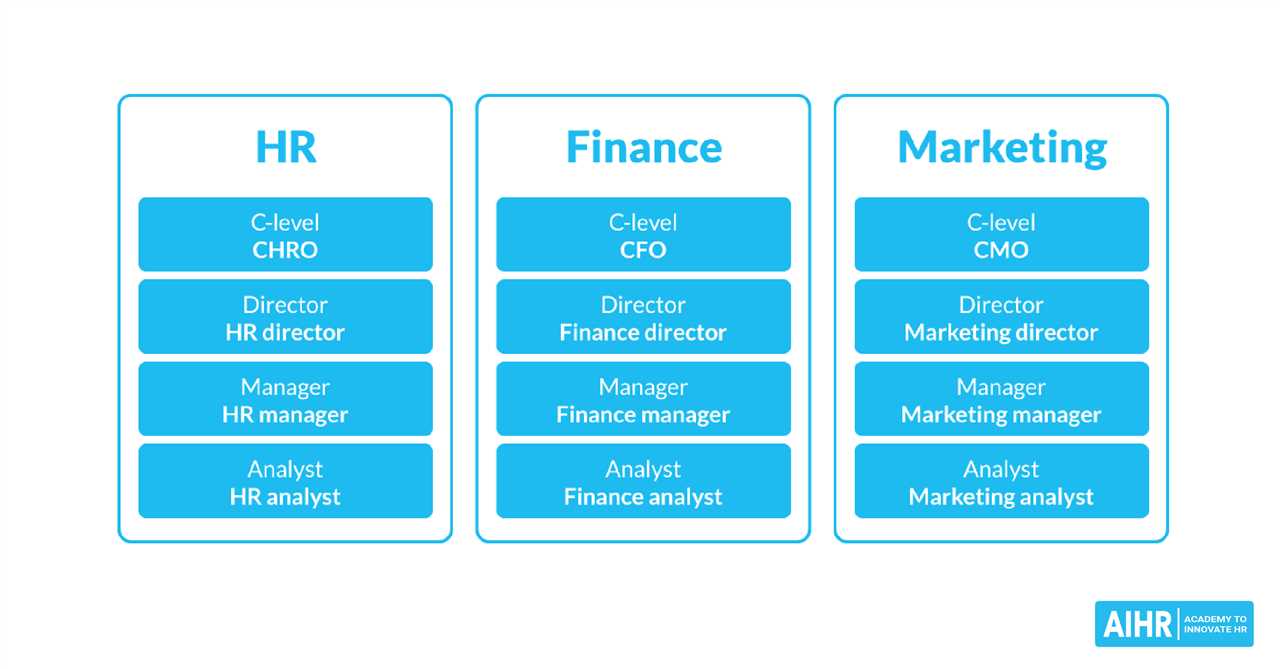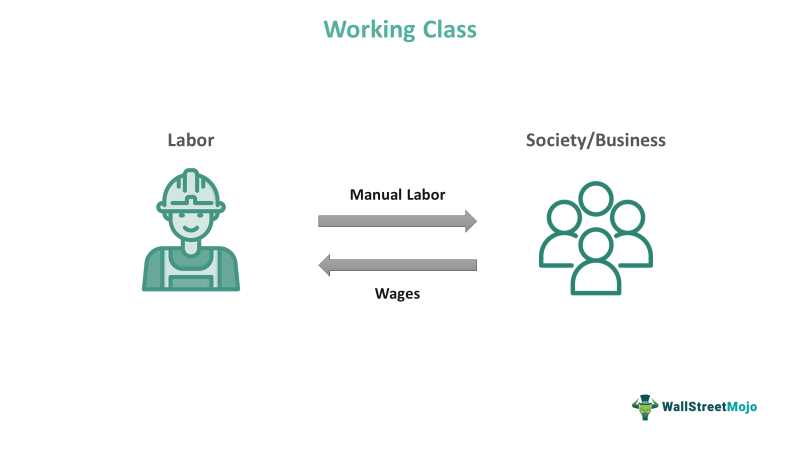Defining the Working Class: Who Are They?

Members of the working class often have limited access to higher education and may have lower levels of income and wealth compared to other social classes. They may also have less job security and fewer opportunities for career advancement. However, it is important to note that not all individuals in manual labor or non-managerial jobs belong to the working class. Some may have higher levels of education or hold supervisory positions, which may place them in a different social class.
One key aspect of the working class is their reliance on their labor to earn a living. Unlike the upper class or the bourgeoisie, who may derive their income from investments or ownership of businesses, the working class relies on their physical or mental effort to generate income. This can include jobs such as factory workers, construction workers, truck drivers, janitors, and food service workers.
Compensation in the Working Class: How Much Do They Earn?

The compensation in the working class varies depending on various factors such as education, skill level, job experience, and geographical location. Generally, working-class individuals earn a moderate income that allows them to meet their basic needs but may not provide significant financial security or opportunities for wealth accumulation.
According to the Bureau of Labor Statistics, the median annual wage for all occupations in the United States was $41,950 as of May 2020. However, it is important to note that this figure includes a wide range of occupations, from low-paying jobs to high-paying professions. The specific earning potential within the working class can vary significantly.
Some working-class occupations, such as food service workers, retail salespersons, and janitors, tend to have lower average wages. These jobs often require minimal education or specialized skills and may offer limited opportunities for career advancement. On the other hand, skilled trades, such as electricians, plumbers, and construction workers, can earn higher wages due to the specialized nature of their work.
Geographical location also plays a significant role in determining compensation within the working class. Wages can vary greatly depending on the cost of living and local economic conditions. For example, the cost of living in major cities like New York or San Francisco is generally higher, which often results in higher wages to compensate for the increased expenses.
It is important to recognize that compensation is not the sole indicator of the working class’s financial well-being. Factors such as access to benefits, job security, and work-life balance also contribute to their overall quality of life. Additionally, the working class may rely on government assistance programs or supplemental income sources to make ends meet.
Job Examples in the Working Class: What Do They Do?
The working class consists of individuals who perform manual labor and are typically employed in industries such as manufacturing, construction, transportation, and service sectors. They play a crucial role in the economy by providing essential goods and services.
Here are some job examples within the working class:
| Occupation | Description |
|---|---|
| Factory Worker | A factory worker operates machinery, assembles products, and ensures the production process runs smoothly. |
| Construction Worker | Construction workers are involved in building structures, such as houses, roads, and bridges. They perform tasks like digging, lifting heavy materials, and operating construction equipment. |
| Truck Driver | Truck drivers transport goods and materials over long distances. They are responsible for loading and unloading cargo and ensuring timely deliveries. |
| Waiter/Waitress | Waiters and waitresses work in restaurants and are responsible for taking orders, serving food and beverages, and providing excellent customer service. |
| Cleaner | Cleaners are responsible for maintaining cleanliness and hygiene in various settings, such as offices, schools, hospitals, and residential buildings. |
These are just a few examples of the diverse range of jobs within the working class. Each occupation requires specific skills and contributes to the overall functioning of society. Despite often being physically demanding, these jobs are essential for the smooth operation of various industries and the overall economy.

Emily Bibb simplifies finance through bestselling books and articles, bridging complex concepts for everyday understanding. Engaging audiences via social media, she shares insights for financial success. Active in seminars and philanthropy, Bibb aims to create a more financially informed society, driven by her passion for empowering others.
